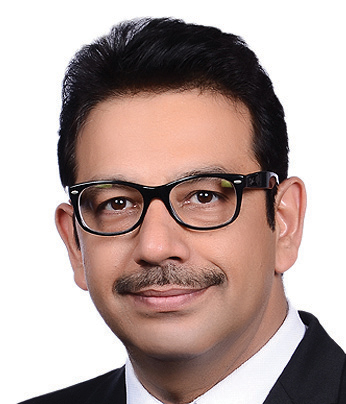
January 29
In Andhra Pradesh, 3,526 tribal houses bid goodbye to darkness
Visakhapatnam: If one were to hear television noises in remote parts of Visakhapatnam district, one must not be surprised. Living in the dark has become a thing of the past in several remote areas in the district. The Andhra Pradesh Eastern Power Distribution Company Limited (APEPDCL) has made this possible by harnessing solar power.
According to APEPDCL officials, a total of 3,526 households that fall under 171 remote tribal hamlets in Visakhapatnam district are now lit up by solar power. This forms a part of the venture that has led to 7,000 households being electrified in Srikakulam, Vizianagaram, East and West Godavari. They can undertake any kind of activity with the power being provided free of cost.
Speaking to TOI, APEPDCL chairman and managing director HY Dora said that solar power project are being implemented in tribal villages that are under the Decentralised Distributed and Generation model.
The DDG model entails setting up of small and independent power units without any grid links. And energy is generated by harnessing solar power, biogas plants, wind pumps and micro-hydel plants. These kind of projects have substantial potential to provide energy supply as an alternative to grid extension or as a supplement to grid power and in locations without grids. In these hamlets in Visakhapatnam district solar energy is being used.
"As part of the government's intention of complete rural electrification, solar projects were introduced to cover remote tribal hamlets, which are not possible to get power from general grids," Dora said.
The discom officials said that the entire funding of the project is subsidised by the Centre and the schemes cover the entire country.
"In fact, APEPDCL tops the list of all discoms in the country that supplies solar power to large number of tribal houses. We provided solar power every single house in a village without any thoughts about the cost of power generation," Dora added.
According to officials, nearly Rs 25 lakh was spent for each village to set up solar power equipments like panels, battery back-up, power supply lines and poles besides the cost of maintenance.
"On an average, nearly Rs 40 crore was spent to electrify these tribal hamlets," said another official from the department of projects, APEPDCL.
Power is generated in the morning hours. Generated power is stored in the batteries and the stored power is supplied to the households. "As the supply is through DC output voltage, there is no chance of electric shocks and electric accidents," the officer said while adding that the only input it requires is good sunlight.
"If there is no proper sunlight, people will have to depend on the power stored in the batteries," the officer clarified.






